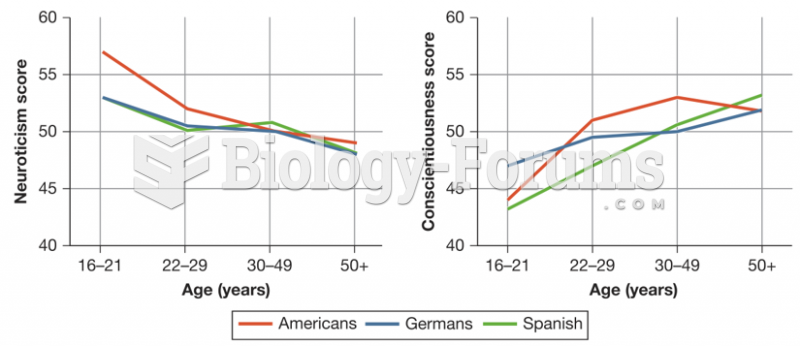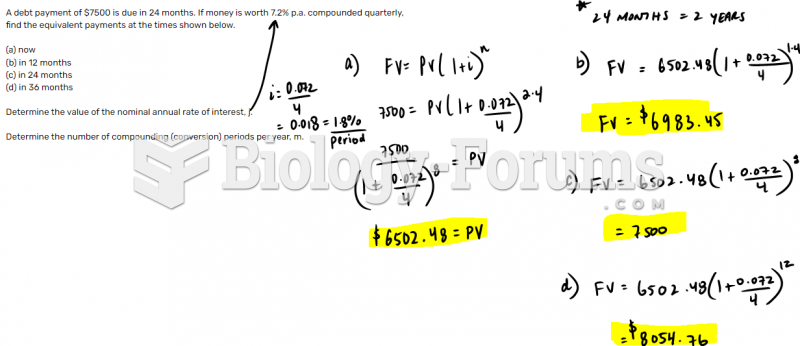Answer to Question 1
Since roux-en-Y is a restrictive-malabsorptive procedure, it is important to consume very small meals, usually 2-4 Tbsp at one time, to decrease the risks of dumping syndrome. 6-8 small meals are needed because the stomach has a very limited capacity.
Other major goals of the diet include:
- Protein-dense foods (at least 60 g of protein per day); protein helps with the healing process after surgery and it helps with satiety so the patient can recognize that he/she is full before eating too much. Protein should be consumed first at the meal.
- Avoid high-sugar beverages and foods. Liquids should be consumed between meals to avoid dumping syndrome (wait 30 min. after a meal). Meet a fluid goal of 48 to 60 oz (or more) per day. Initially, during the stage 1 and stage 2 diets, the recommendation is to consume at least 24 to 30 oz of clear liquids and at least 24 to 30 oz of full liquids; however, once the diet transitions to soft foods, the individual can continue consuming full liquids if he or she chooses but should consume at least 48 to 60 oz of clear liquids daily.
If Mr. McKinley had a lap-band procedure, his risk for vitamin and mineral deficiencies would be lower because a lap-band procedure is restrictive but not a restrictive-malabsorptive procedure. A lap-band procedure simply reduces the size of the stomach without bypassing intestinal absorption. Dumping syndrome is not as significant of a concern; patients eased into larger-sized meals due to small pouch reservoir created within the stomach.
In addition, the lap-band procedure is adjustable, so food intake can be suited to meet the patient's needs.
Answer to Question 2
Fluid restriction for HD patients is as follows: 1 L fluid output: 2 L fluid intake; 1 L fluid output: 1-1.5 L fluid intake; Anuria: 1 L fluid intake
The standard guideline for fluid gain is less than 5 of body wt. between dialysis sessions
Foods that are considered liquids are all liquids and soups, frozen liquids (popsicles, sherbet, ice cream), yogurt, custards, and gelatin.
Suggestions to reduce thirst/fluid intake include:
- Limit high-salt foods (to reduce thirst)
- Take pills with mealtime liquids, applesauce, or pureed fruits, as allowed
- Drink from small glasses and cups
- Drink only when thirsty
- Use very cold beverages and ones that are less sweet
- Weigh daily
- Use sour candy or sugar-free gum to moisten mouth; try special thirst-quencher gums
- Add some lemon juice to water or ice; the sour taste will help quench thirst
- Swish mouth with very cold water or low-alcohol mouthwash, but do not swallow
- Brush teeth often
- Keep lips moist with lip balm or moisturized lipstick
- Use ice cubes instead of liquids; one cup of ice is equal to c water/juice and will last longer
- Freeze grapes and eat throughout day as a fruit serving
- Try frozen blueberries, pineapple tidbits, fruit cocktail, and other recommended fruits







